Nature isn’t just beautiful or brutal, it’s brilliantly efficient.
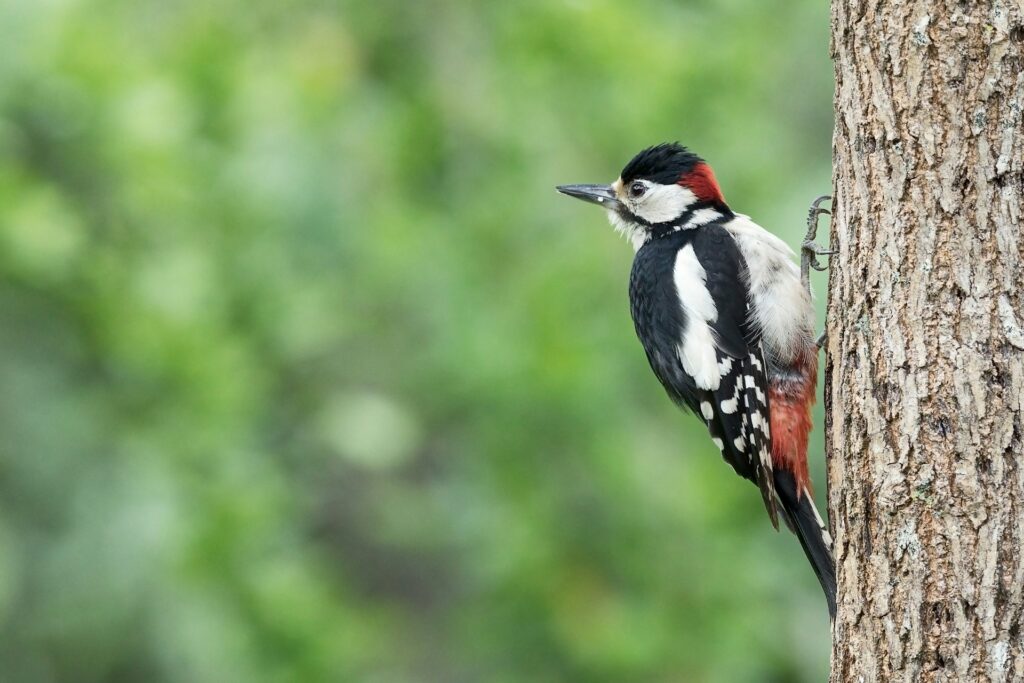
Every feather, scale, and fin is the result of millions of years of trial and error. And we’ve been taking notes. From bullet trains to surgical tools, some of the most impressive human innovations have been inspired by animals and the natural world. It’s called biomimicry, and it’s not necessarily a direct copy of nature, but it is a way of learning from it.
Here’s a look at some of the most fascinating ways humans have borrowed from the animal kingdom to solve complex problems and design better tools, systems, and technologies.
Kingfisher birds and the bullet train
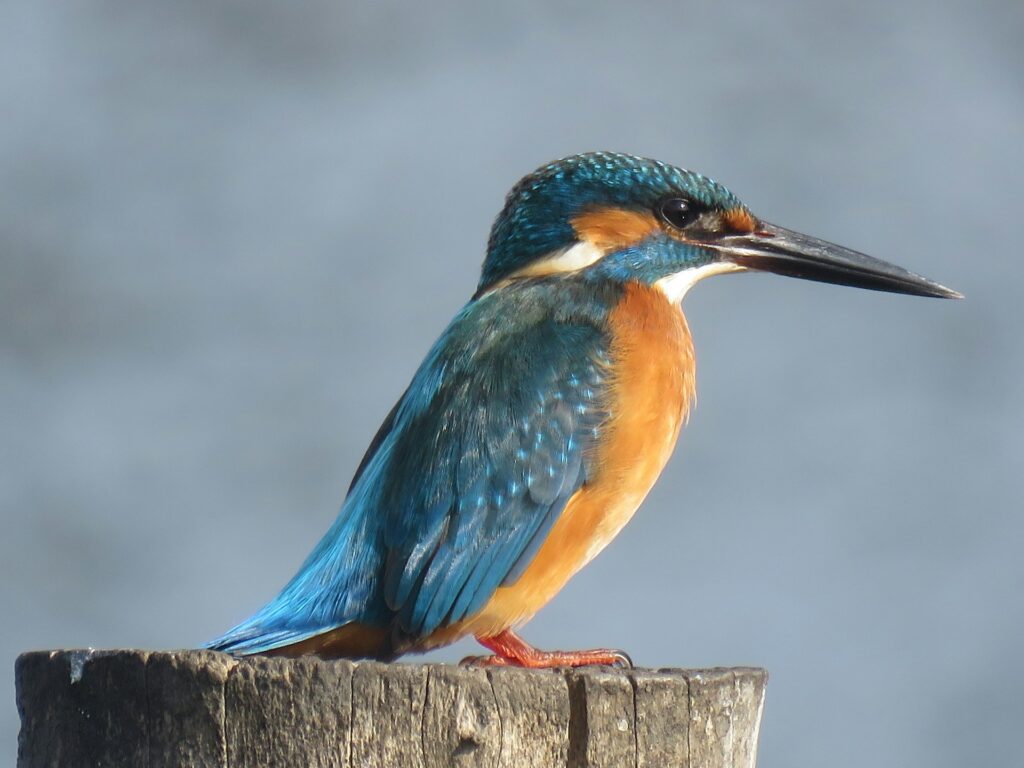
Japan’s Shinkansen, or bullet train, used to have a problem. Every time it exited a tunnel, it created a loud boom due to the air pressure change. It was fast, but not exactly subtle. An engineer who was also a birdwatcher noticed that kingfishers dive into water without making a splash. The secret? Their beak shape. By modelling the train’s nose after the kingfisher’s beak, they reduced tunnel booms, improved speed, and made the train more energy-efficient. A small bird fixed a big problem.
Gecko feet and climbing tech
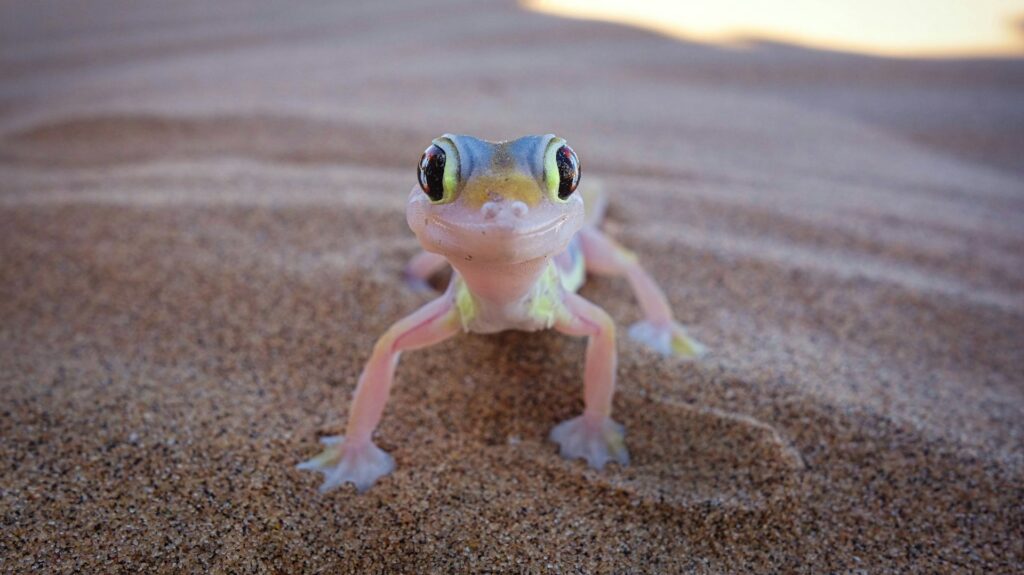
Geckos can walk up walls and across ceilings thanks to tiny hair-like structures on their feet called setae. These structures interact with surfaces on a molecular level using van der Waals forces, meaning they stick without using any liquid or suction. Inspired by this, scientists have developed gecko-inspired adhesives and climbing gear. Some military and rescue prototypes even allow people to scale glass walls without ropes. It’s one of the most direct translations of animal mechanics into human use.
Shark skin and antibacterial surfaces
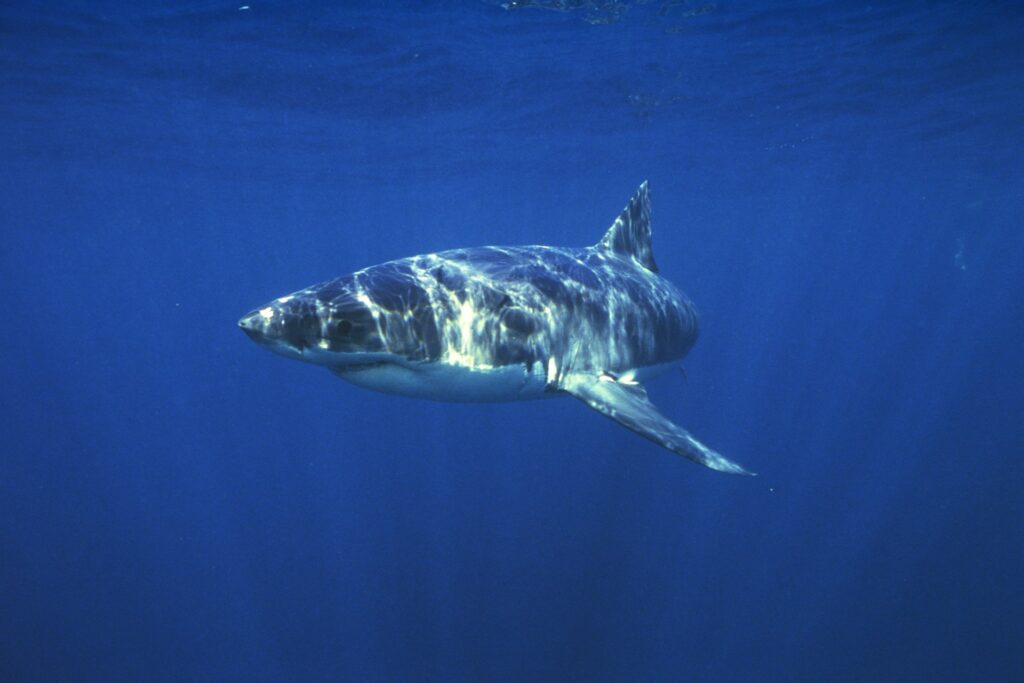
Shark skin isn’t smooth; it’s covered in tiny, tooth-like scales called dermal denticles. These reduce drag and make it harder for organisms like algae and bacteria to attach. This discovery has led to shark-skin-inspired materials being used on hospital surfaces, ship hulls, and even swimsuits. It doesn’t just reduce cleaning time, it actively helps prevent infection by making it hard for bacteria to gain a foothold.
Termite mounds and sustainable architecture

Termite mounds in Africa maintain a remarkably stable internal temperature despite extreme weather outside. They do it using a complex system of natural ventilation shafts that circulate air and regulate heat. Architects have taken this principle and applied it to buildings, like the Eastgate Centre in Harare, Zimbabwe. It stays cool without traditional air conditioning, using a fraction of the energy. Termites, it turns out, make brilliant engineers.
Whale fins and wind turbines

Humpback whales, despite their size, are agile swimmers. Their flippers have bumpy ridges, or tubercles, on the leading edge, which help them move more efficiently through water. Wind turbine designers copied this feature to create blades with similar bumps. The result? Improved airflow, reduced drag, and more efficient energy production, even at lower wind speeds.
Butterfly wings and colour without pigment
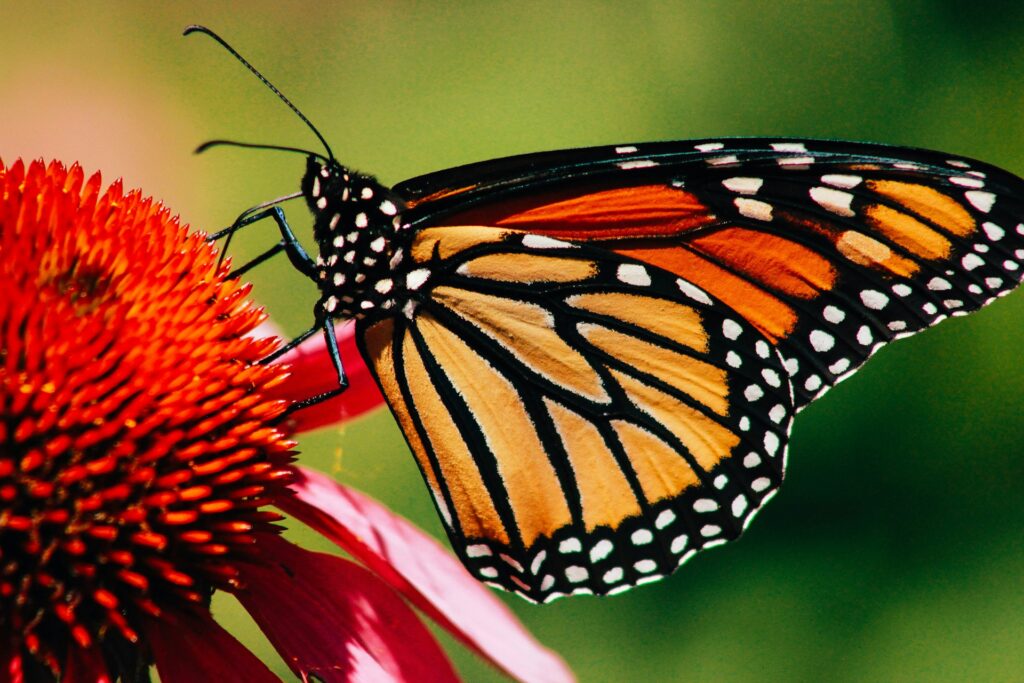
Butterfly wings often display vibrant colours, but they don’t get them from pigment. Instead, their scales are structured in a way that reflects specific wavelengths of light, which is a phenomenon called structural colour. This concept has inspired new forms of colour in textiles, cosmetics, and display technology. It’s being used to create colours that don’t fade because there’s no dye to degrade, just microstructures that manipulate light.
Woodpeckers and shock-absorbing tech

Woodpeckers slam their beaks into trees at high speed, thousands of times a day, and don’t get brain damage. How? Their skulls are structured to absorb and dissipate the shock. This inspired engineers working on better protective gear, such as helmets for cyclists and American football players, or casing for black boxes in aircraft. It’s nature’s version of a shock absorber, tested over millions of years.
Lotus leaves and self-cleaning surfaces

Lotus leaves stay clean despite living in muddy, stagnant water. Their surface is covered in microscopic bumps that cause water to bead up and roll off, taking dirt with it. This is known as the “lotus effect.” Now, the same principle is used to make self-cleaning glass, tiles, fabrics, and paint. It reduces the need for cleaning chemicals and water, just like the lotus leaf never needed a scrub.
Moth eyes and glare-free screens
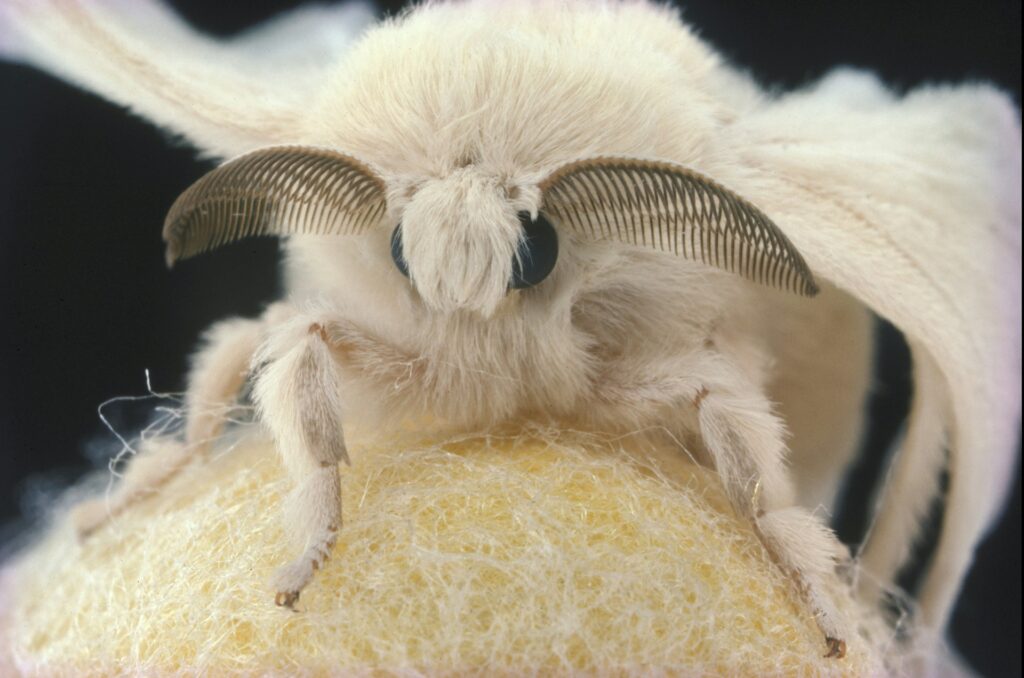
Moth eyes have a special surface texture that reduces reflection. This helps them stay unnoticed by predators, especially in low light. This anti-reflective structure has been mimicked in screens for phones, tablets, and solar panels, where cutting glare and improving clarity is essential. It’s subtle, but it makes technology easier on the eyes—literally.
Spider silk and synthetic fibres

Spider silk is stronger than steel (by weight) and more elastic than most manmade fibres. Scientists have spent years trying to replicate it for use in everything from medical sutures to bulletproof vests. Thanks to breakthroughs in bioengineering and synthetic biology, lab-grown spider silk is now a reality. It’s a game-changer for creating lightweight, strong, and biodegradable materials.
Cat whiskers and touch-sensitive robots
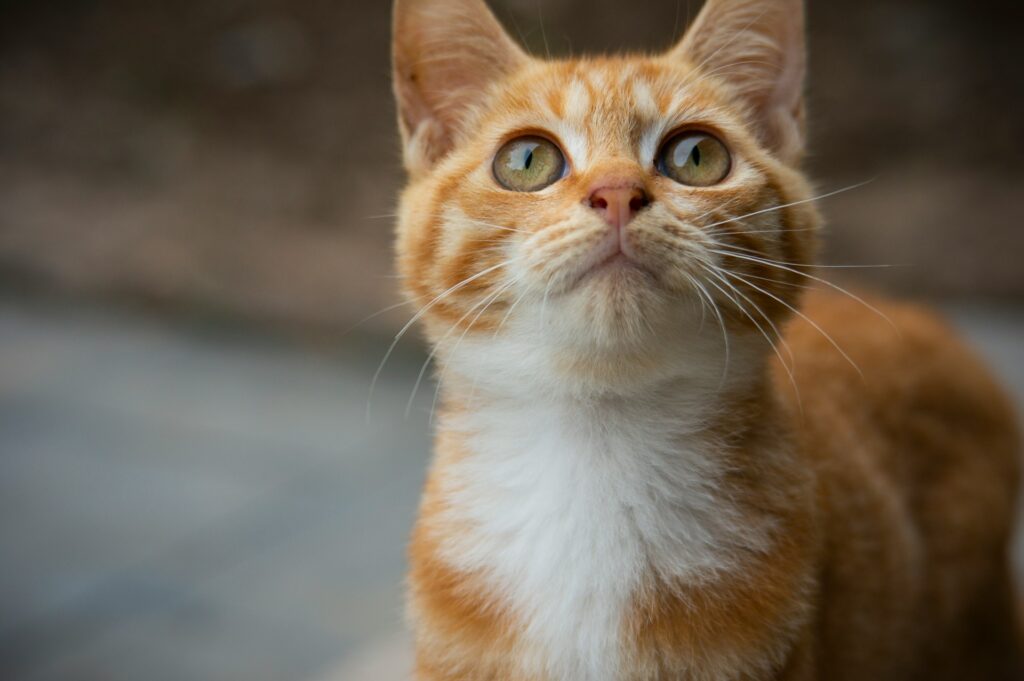
Cat whiskers aren’t just cute—they’re sensitive tools for detecting movement, air currents, and nearby objects. Inspired by this, roboticists have developed whisker-like sensors that give machines better spatial awareness. These soft, flexible sensors can help robots navigate tight spaces or handle delicate objects, mimicking the way animals explore their surroundings with touch rather than sight.
Fireflies and efficient lighting

Fireflies produce light through a chemical reaction in their bodies, with almost no heat loss, making them incredibly efficient. Scientists have studied their lantern structures to design better LEDs. By copying the microstructures found in firefly light organs, engineers have improved light extraction, leading to brighter, more energy-efficient lighting.
Birds in flight and drone design

Birds adjust their wing shape mid-flight, adapting to wind and navigating obstacles with precision. Engineers have borrowed these principles to build more agile drones and flying robots. Some modern drones now mimic bird flapping and wing flexibility, allowing for smoother flight in challenging conditions. It’s helping create machines that can fly more naturally (and safely!) in cluttered or unpredictable spaces.
When nature teaches, we get better at everything.
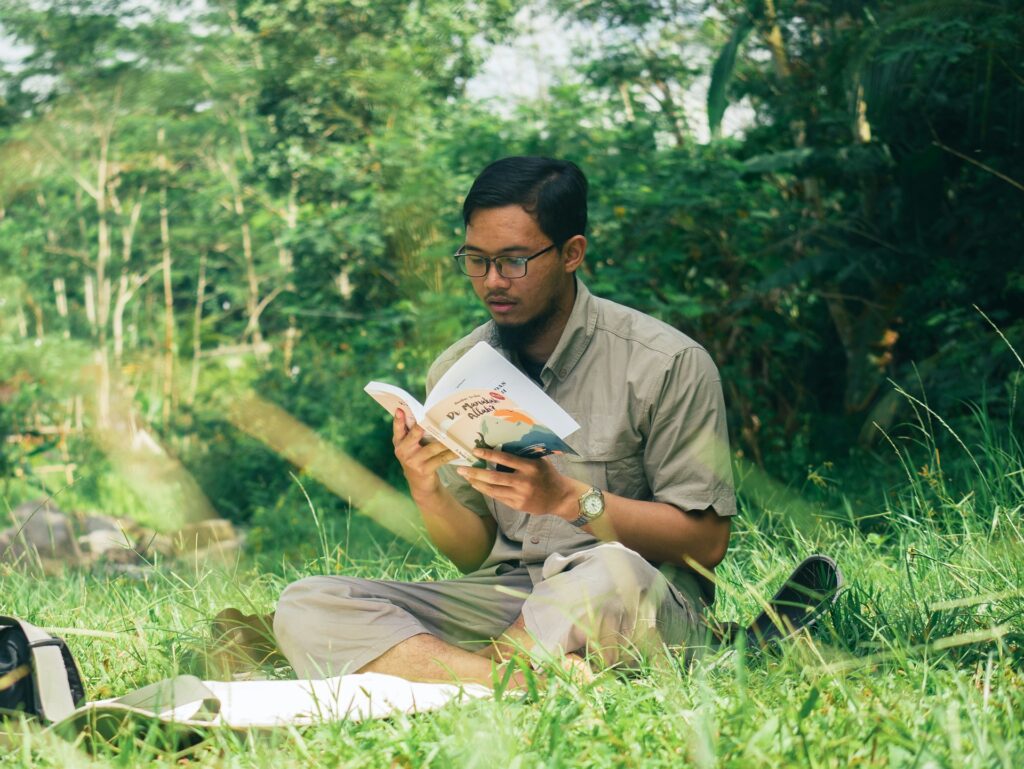
Biomimicry isn’t just about copying; it’s about understanding. Nature doesn’t waste energy. It doesn’t overcomplicate. And when we pay attention, we learn how to make things stronger, cleaner, smarter, and more sustainable.
From kingfishers guiding trains to lotus leaves shaping tomorrow’s surfaces, these natural lessons aren’t just impressive—they’re reminders that sometimes the best ideas don’t come from labs or boardrooms, but from paying attention to the world outside our windows. Nature’s been doing R&D a lot longer than we have. We’d be foolish not to take notes.